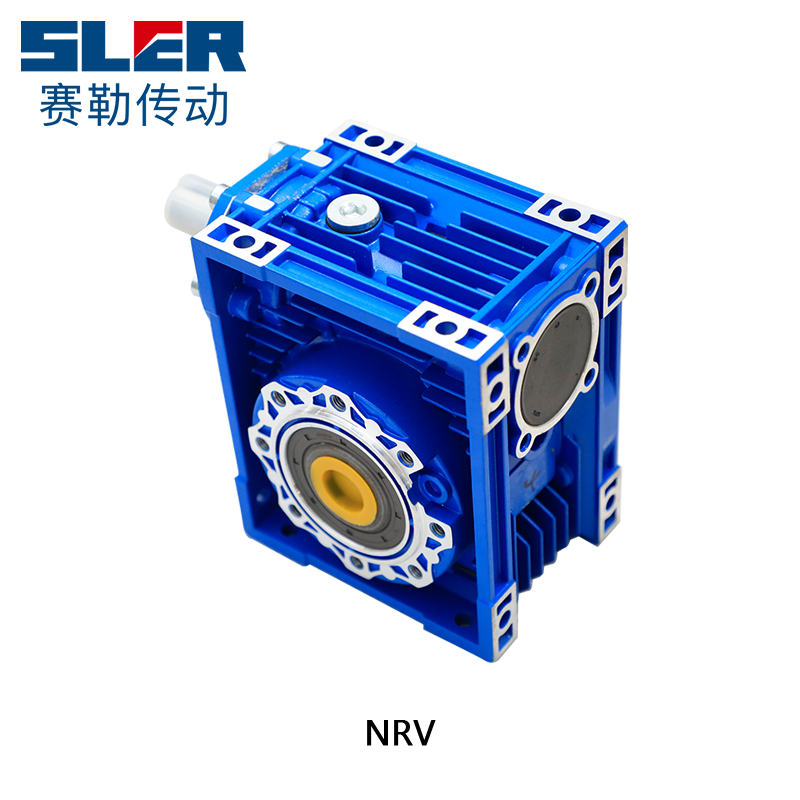The standard performance of the Worm Gear Speed Reducer in a wind turbine software is inspired through numerous key factors that together determine the effectiveness of the machine:
Gear Train Efficiency:
The inherent efficiency of the worm gear train is a critical factor. Highquality materials, precision manufacturing, and proper lubrication contribute to minimizing frictional losses within the gear train.

Reduction Ratio:
The chosen discount ratio impacts performance. While better reduction ratios may be important for finest generator pace, they could bring about extended mechanical losses. Balancing the discount ratio is critical to ensure efficient power transmission.
Lubrication:
Adequate and suitable lubrication is crucial for minimizing friction, heat era, and put on inside the Worm Gear Speed Reducer. Proper lubricant choice and everyday upkeep make contributions to sustained performance.
Precision in Manufacturing:
Precision in the production manner, together with correct machining of gears and components, ensures right alignment and meshing. Tight tolerances and minimal backlash contribute to universal efficiency.
Material Selection:
The choice of materials for gears, bearings, and different components impacts performance. Highnice materials with first rate put on resistance and coffee friction traits make a contribution to the overall performance of the Worm Gear Speed Reducer.
Load Distribution:
Proper distribution of loads throughout the gears and bearings is critical. Even load distribution helps save you localized put on and ensures that the Worm Gear Speed Reducer operates efficaciously across a range of masses.
Environmental Conditions:
The running environment, which include temperature and exposure to contaminants, can impact performance. Reducers designed to address specific environmental conditions, consisting of those discovered in wind turbine applications, make contributions to longtime period efficiency.
Dynamic Response to Wind Variability:
The potential of the Worm Gear Speed Reducer to dynamically reply to changes in wind speed and adjust the rotational velocity of the turbine blades is crucial. An adaptive device that optimizes overall performance underneath various wind conditions contributes to typical performance.
Integration with Control Systems:
Seamless integration with pitch control and other manage systems complements performance. The Worm Gear Speed Reducer's ability to work in live performance with those structures to optimize strength seize and decrease mechanical strain contributes to common gadget performance.
Reduction of Mechanical Losses:
Efforts to limit mechanical losses, consisting of friction and warmth generation, play a pivotal function. Innovations in design and technology that target lowering those losses make a contribution immediately to enhancing the general performance of the Worm Gear Speed Reducer.
In precis, the overall performance of a Worm Gear Speed Reducer in a wind turbine application is a end result of a holistic approach encompassing gear educate efficiency, reduction ratio optimization, proper lubrication, specific production, fabric choice, load distribution, environmental issues, dynamic response to wind variability, integration with control structures, and the discount of mechanical losses. These factors collectively determine the effectiveness and reliability of the reducer in converting wind energy into energy.



 英语
英语 中文简体
中文简体 俄语
俄语1.png?imageView2/2/format/jp2)
1.png?imageView2/2/format/jp2)
1.png?imageView2/2/format/jp2)
a.png?imageView2/2/format/jp2)







